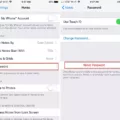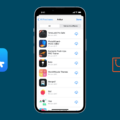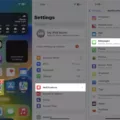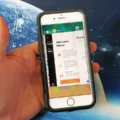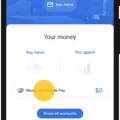Apps have become an integral part of our daily lives. From communication to entertainment, productivity to gaming, apps serve various purposes and make our smartphones truly smart. However, sometimes we may find that certain apps have mysteriously disappeared from our home screens. Don’t panic! In this article, we will explore how to find apps that have been removed from the home screen and bring them back to their rightful place.
One of the first things you can do is check if the app has been disabled on your device. To do this, navigate to Settings on your smartphone. Look for the Apps & Notifications option and tap on it. From there, select “See all apps.” You will be presented with a list of all the apps installed on your device.
At the top of the screen, you will notice a drop-down tab named “All apps.” Tap on it and select “Disabled apps.” This will show you a list of apps that have been disabled on your device. If the missing app is among the disabled ones, tap on it and click on the “Enable” button located below the screen. This will re-enable the app and make it visible on your home screen.
If the app is not among the disabled ones, it might be hiding in your App Library. The App Library is a feature introduced in recent versions of iOS that organizes all your installed apps in a categorized manner. To access the App Library, simply swipe all the way to the right from any home screen page. This will take you to the App Library screen.
Once in the App Library, you will notice a search bar at the top of the screen. Tap on it and search for the app you are looking for. The search results will display the app icon along with its name. Tap and hold the app icon to open its context menu. From there, select “Add to Home Screen.” This will add the app back to your home screen for easy access.
Alternatively, you can also manually add the app to your home screen. From the bottom of your home screen, swipe up to access the app drawer. Here, you will find images of each home screen. Simply touch and drag the app you want to add and slide it to the desired home screen. Once you have placed it where you want it, lift your finger. The app will now be added to the chosen home screen.
Finding apps that have been removed from the home screen can be a bit frustrating, but with these simple steps, you can easily recover them and have them back at your fingertips. Remember to check for disabled apps, explore the App Library, and manually add apps to your home screen if needed. Enjoy the convenience and functionality that apps bring to your smartphone experience!
How Do You Find An App That Disappeared From Your Home Screen?
To locate an app that has disappeared from your home screen, you can follow these steps:
1. Open the “Settings” app on your device. You can usually find it in the app drawer or by swiping down and searching for it in the notification panel.
2. In the Settings menu, scroll down and select “Apps & Notifications.”
3. Look for an option called “See all apps” and tap on it. This will display a list of all the apps installed on your device.
4. At the top of the screen, you’ll see a drop-down tab labeled “All apps.” Tap on it, and a menu will appear.
5. From the menu, select “Disabled apps.” This will show you a list of apps that are currently disabled on your device.
6. Scroll through the list and look for the app that has disappeared from your home screen. If you find it, tap on it to open its settings.
7. On the app’s settings page, you should see an option to “Enable” the app. Tap on this option to re-enable the app.
8. Once you have enabled the app, go back to your home screen, and you should see the app’s icon restored.
If you are still unable to find the missing app, it is possible that it has been uninstalled or moved to a different location on your device. In such cases, you may need to re-download the app from the app store or search for it in the app drawer or a different folder on your device.
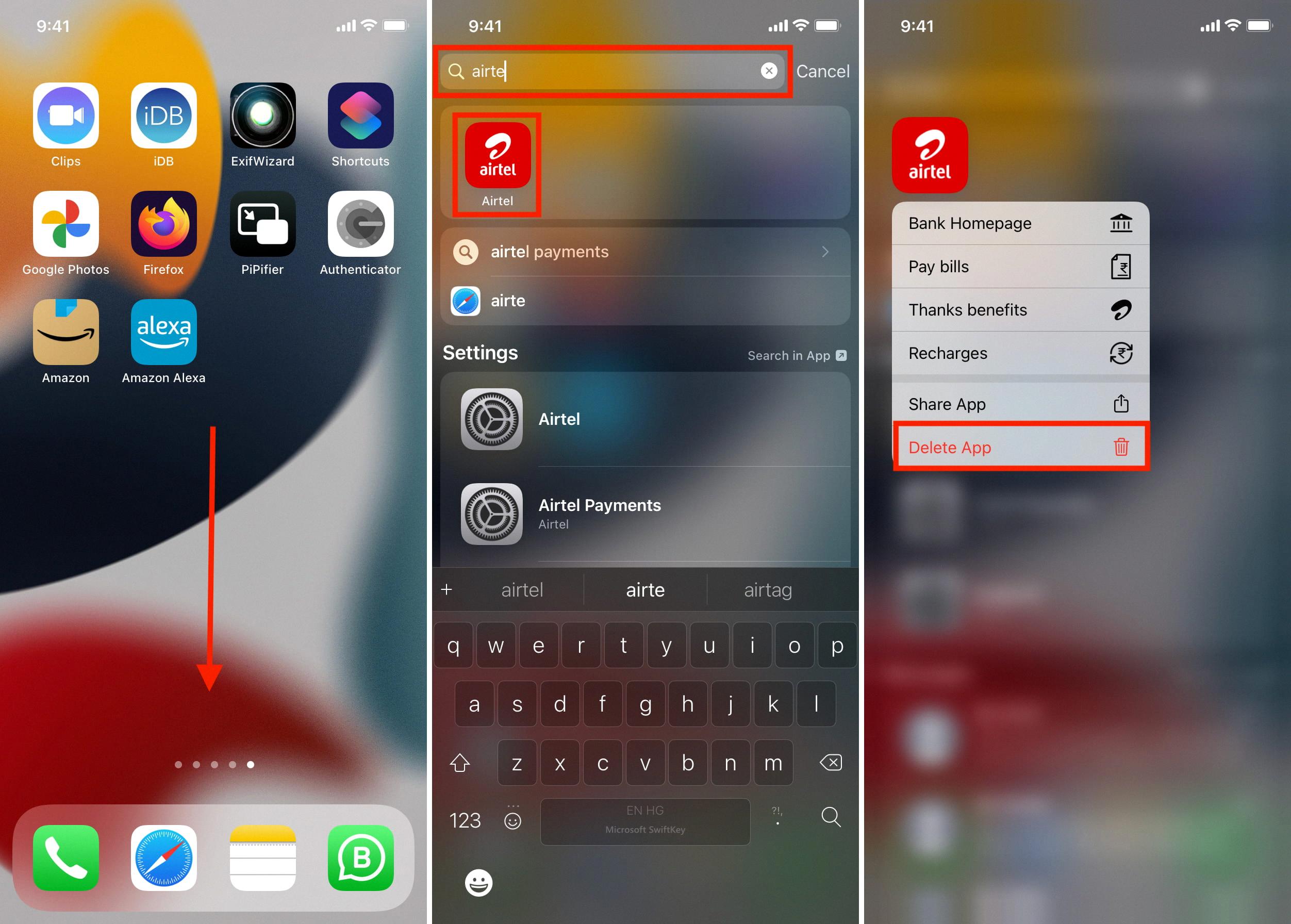
How Do You Get An App Back On Your Home Screen After Removing It?
To get an app back on your home screen after removing it, follow these steps:
1. Swipe all the way to the right from a home screen page. This will take you to the App Library screen.
2. At the top of the App Library screen, you will find a search bar. Tap on it.
3. Enter the name of the app you want to restore.
4. As you type, the search results will start appearing below the search bar.
5. Locate the app you want to add back to your home screen from the search results.
6. Tap and hold the app icon to open its context menu. This menu provides various options related to the app.
7. Look for the option that says “Add to Home Screen” and tap on it.
8. The app will now be added back to your home screen, usually on the last available space or on the next available page.
9. You can now exit the App Library by swiping to the left or tapping on the home screen background.
By following these steps, you will be able to easily restore an app to your home screen after it has been removed.
How Do You Put An App Back On Your Home Screen?
To put an app back on your home screen, you can follow these steps:
1. Start by locating the app you want to add. You can do this by swiping up from the bottom of your home screen to access your app drawer. Alternatively, you can swipe left or right on your home screen to find the app.
2. Once you have found the app, touch and hold it with your finger. This will activate the app’s “drag” mode.
3. While still holding the app, you can now drag it to the desired location on your home screen. You will see images of each home screen as you swipe left or right. This allows you to choose the screen where you want to place the app.
4. Lift your finger off the screen once you have reached the desired location. The app will now be placed on your home screen.
5. If you want to create a folder for the app, you can drag it on top of another app. This will automatically create a folder with both apps inside.
6. To remove an app from your home screen, simply touch and hold it again, then drag it to the “Remove” or “Uninstall” option that appears at the top or bottom of your screen.
By following these steps, you can easily put an app back on your home screen or organize your apps in folders for easier access.
Conclusion
Apps have become an integral part of our daily lives, offering convenience, entertainment, and productivity at our fingertips. From social media platforms to fitness trackers, there is an app for almost every aspect of our lives.
Apps not only enhance our smartphones and tablets, but they also cater to specific needs and interests. Whether it’s managing finances, editing photos, tracking health and fitness goals, or even learning new skills, apps have revolutionized the way we interact with technology.
With the ability to customize our home screens, organize apps in the App Library, and enable/disable them as needed, we have greater control over our digital experience. The App Library’s search function makes it easy to find and add apps to our home screens for quick access.
However, it’s important to note that with the vast number of apps available, it’s essential to be mindful of our app usage. Too many unnecessary apps can clutter our devices and slow down performance. Regularly reviewing and decluttering our app collection can help ensure a smooth and efficient user experience.
Apps have transformed the way we use our smartphones and tablets, offering a world of possibilities and enhancing our daily lives. By utilizing the features and functions available, we can make the most of our app experience and stay organized in this digital age.



